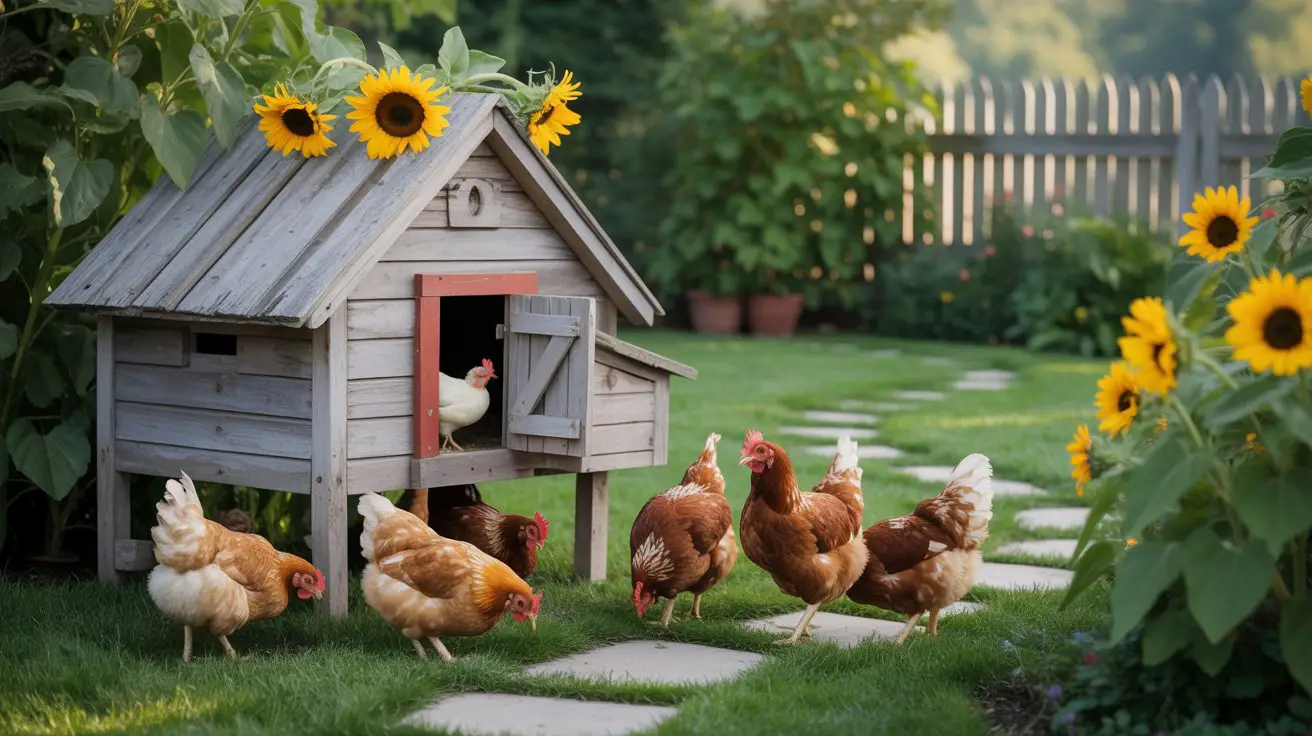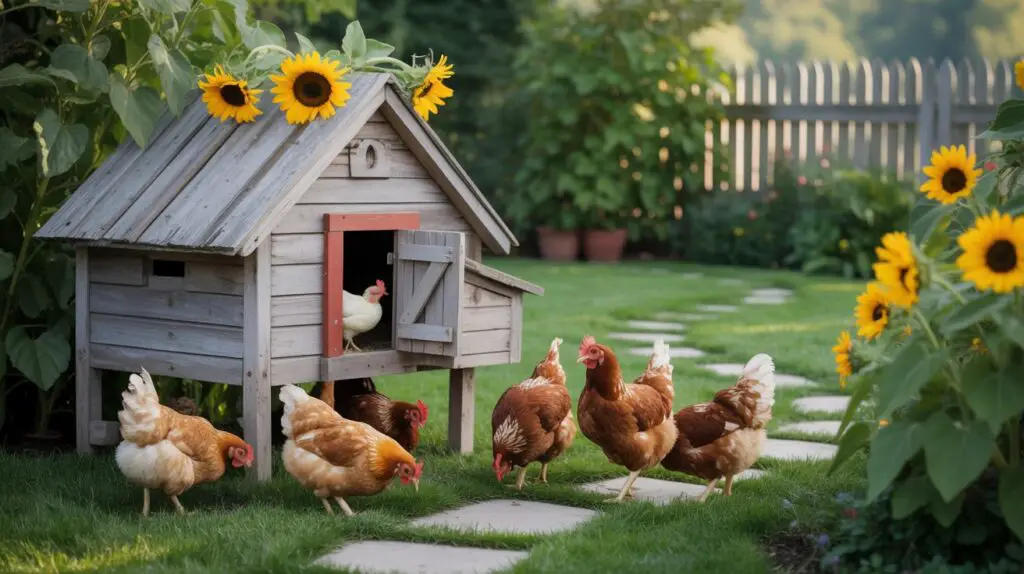
Right. So, you’ve finally said it out loud: “Maybe we should get chickens.” It starts innocently enough. A few Pinterest saves. A casual scroll through coop ideas at midnight. And then boom—you’re knee-deep in lumber, wondering why the drill battery is never charged.
But honestly? Backyard chickens are brilliant. They’re hilarious, surprisingly affectionate, and yes, fresh eggs do taste better. And while store-bought coops are everywhere, building your own gives you freedom to size it right, match your garden vibe, and tuck in all the little details that make it yours.
If you’re not a professional carpenter (me neither), don’t panic. This guide walks you through the basics, step by step, with simple language and realistic expectations. Chickens don’t care if your corners aren’t square. Promise.
Step 1: Decide Where It’ll Go
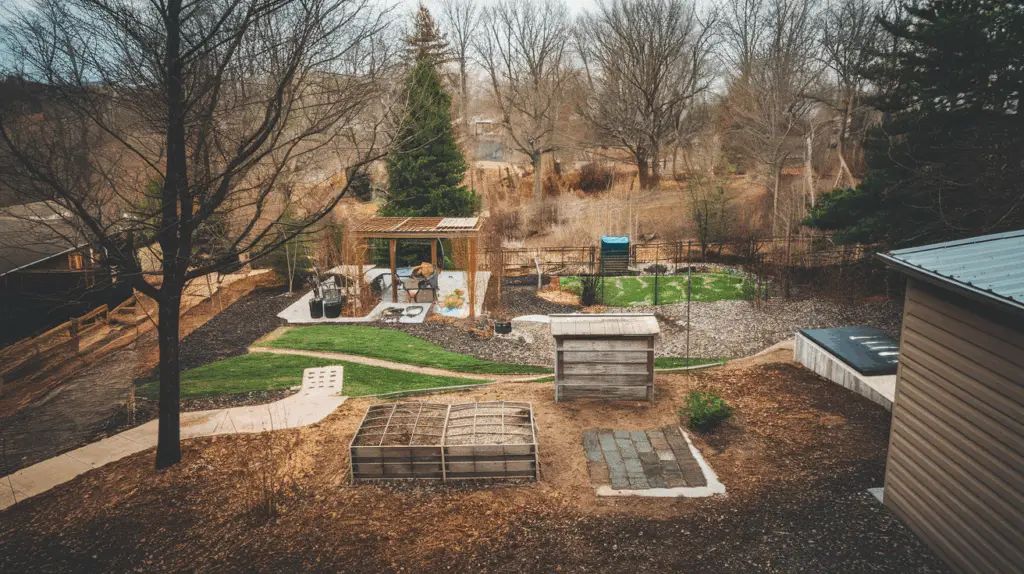
Start with a stroll around your backyard. Chickens need shade, sun, and a fairly dry patch. Avoid low spots where water collects. Morning sun is ideal—keeps things dry and gives your flock a natural wake-up call.
Also think about convenience. You’ll be popping in and out for food, water, and egg collecting, so don’t banish the coop to the furthest, spikiest corner. Somewhere near the veggie beds or compost bin usually works well.
Step 2: Choose the Right Size
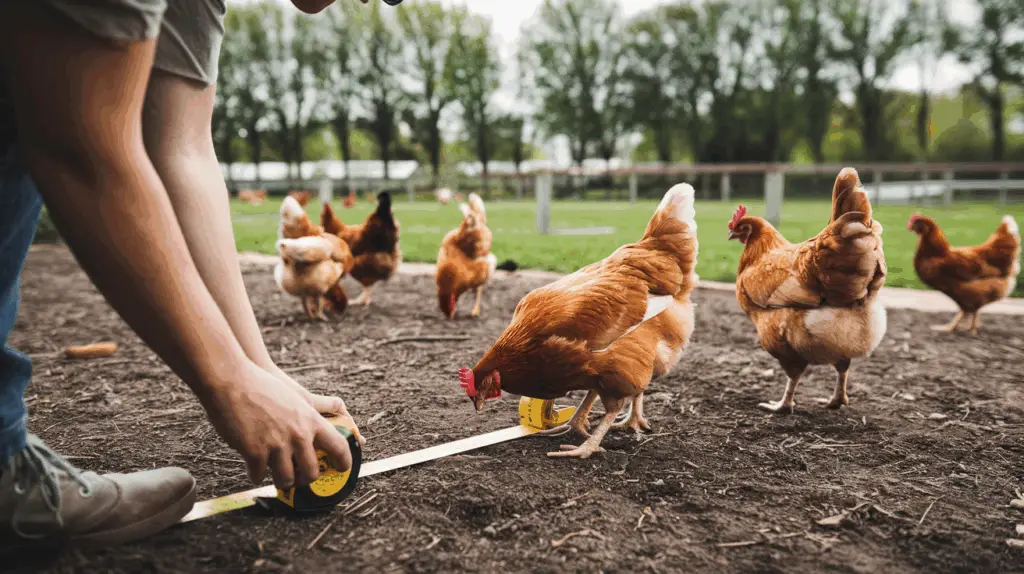
There’s a bit of chicken math involved here. The general rule is:
- 4 square feet per chicken inside the coop
- 10 square feet per chicken in the run
So, for 4 chickens, you’ll want at least 16 sq ft of coop space and 40 sq ft of run. More is better if you can swing it. Chickens can get cranky in tight spaces—think feathers flying, pecking order dramas, the works.
Pro tip: Plan bigger than you think. Chicken-keeping is addictive and adding “just two more” happens all the time.
Step 3: Gather Materials (or Scavenge)
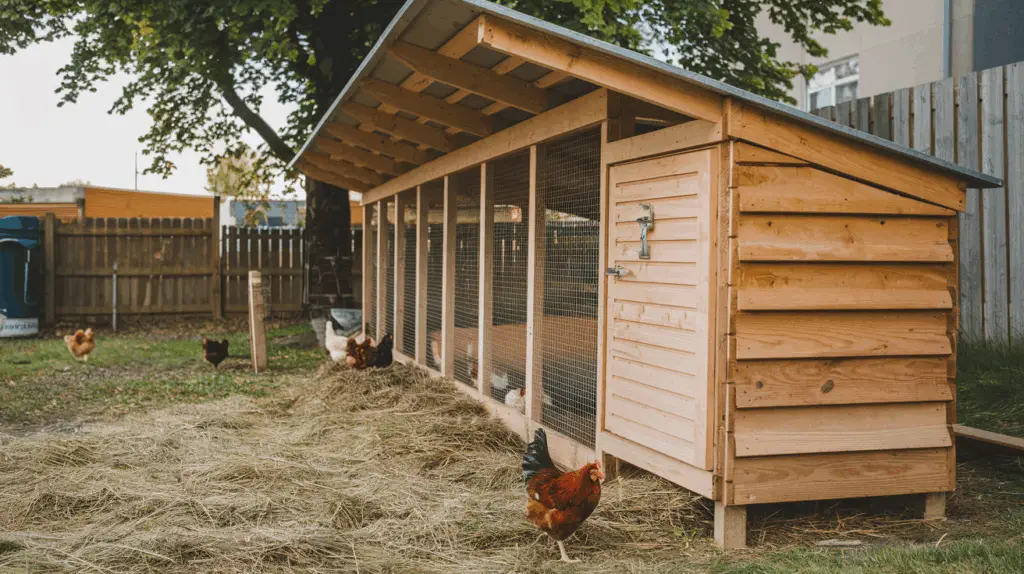
You can absolutely build a chicken coop with basic materials—wooden pallets, scrap fencing, leftover paint. But if you’re going for a proper walk-in or want it to match your garden shed, a trip to the hardware store might be in order.
Here’s a basic materials list:
- Weather-treated lumber for the frame and walls
- Plywood or pallet boards for siding
- Hardware cloth (not chicken wire—too flimsy for predators)
- Corrugated tin, shingles, or polycarbonate roofing
- Hinges and latches for doors
- Screws, nails, wood glue
- Exterior paint or sealant
If you’re new to building, keep the shape simple: a square box with a sloped roof is plenty.
Step 4: Build the Base and Frame
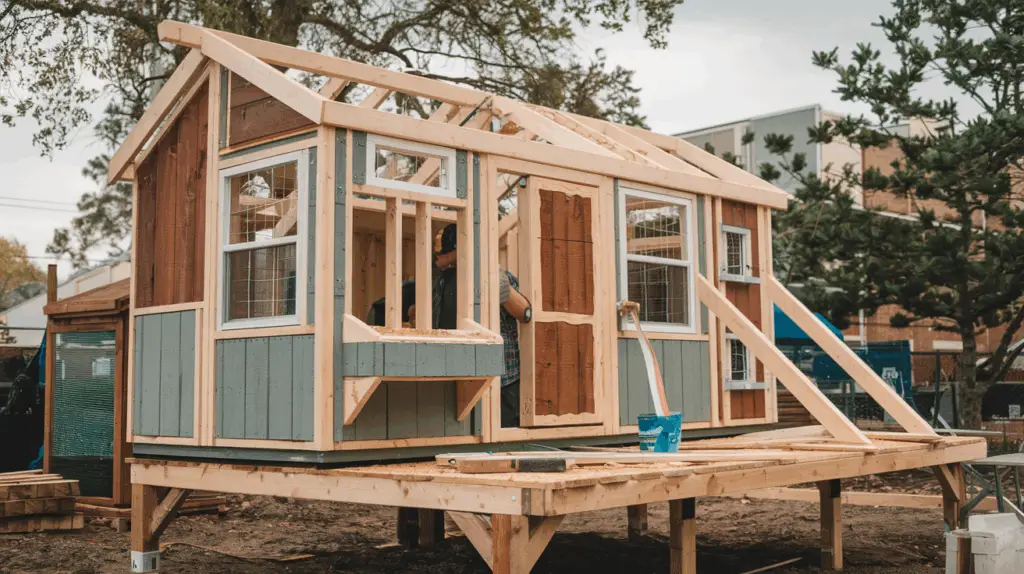
Start with a raised platform—about 12–18 inches off the ground. This keeps the floor dry and gives the chickens shade underneath to lounge in summer.
Once the base is solid, build up the walls using your lumber frame. Add in windows or vent spaces—airflow is important for healthy chickens (and your nose). Cover any openings with hardware cloth to keep out predators.
Next, pop on a sloped roof. One direction is fine—rain will roll off. If you’re fancy, go for a little gable-style. The point is keeping things dry and secure.
Step 5: Add Nesting Boxes and Roosts
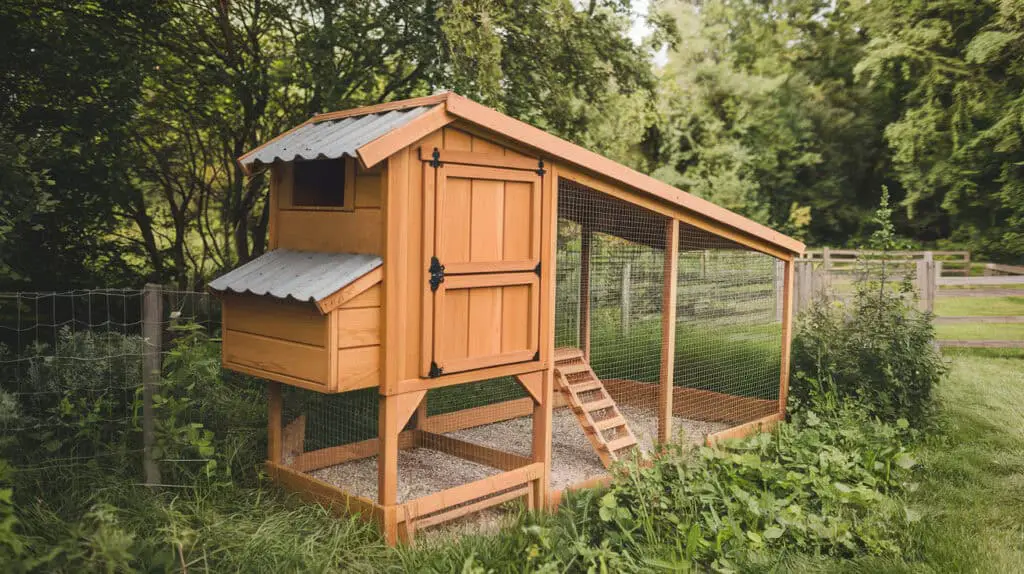
Inside, chickens need a comfy spot to lay eggs. Nesting boxes can be built from wood crates, repurposed drawers, or just a wooden shelf with dividers. One box per 3 hens is usually fine—they’ll argue over one favourite anyway.
Roost bars should be placed higher than the nesting boxes—chickens naturally want to sleep up high. Use rounded 2x2s or thick branches. Just make sure they’re smooth and easy to clean under.
Step 6: Build or Attach the Run
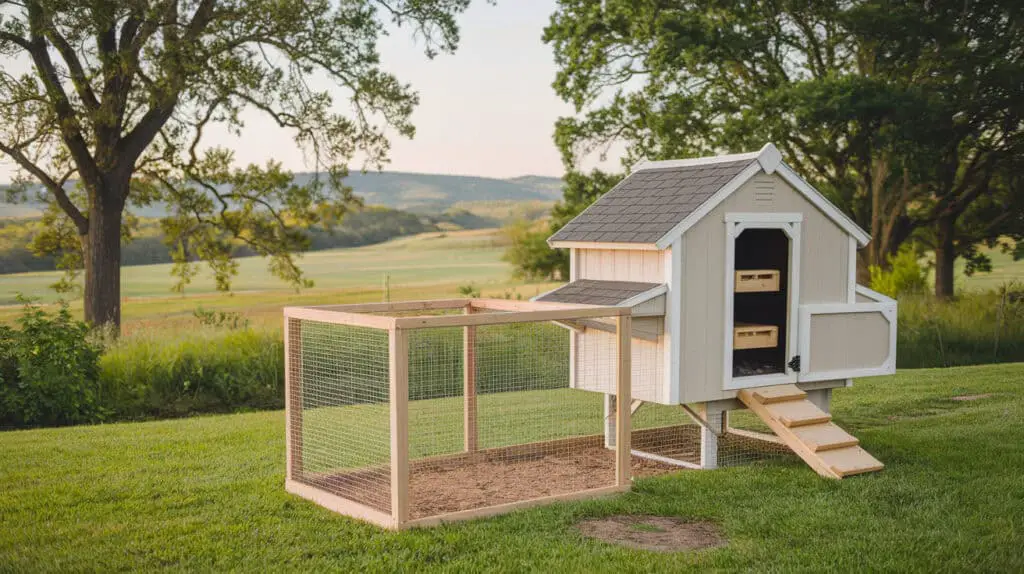
The run is your chickens’ playground. It needs to be fully enclosed, ideally with a top to stop climbers or hawks. Use hardware cloth again and secure it below ground—dig a trench about 12 inches deep and bury the fencing so predators can’t dig under.
You can either build a run attached to the coop or make it movable (tractor-style). If you’re short on space, think tall—chickens love vertical interest like perches and ramps.
Step 7: Add the Extras
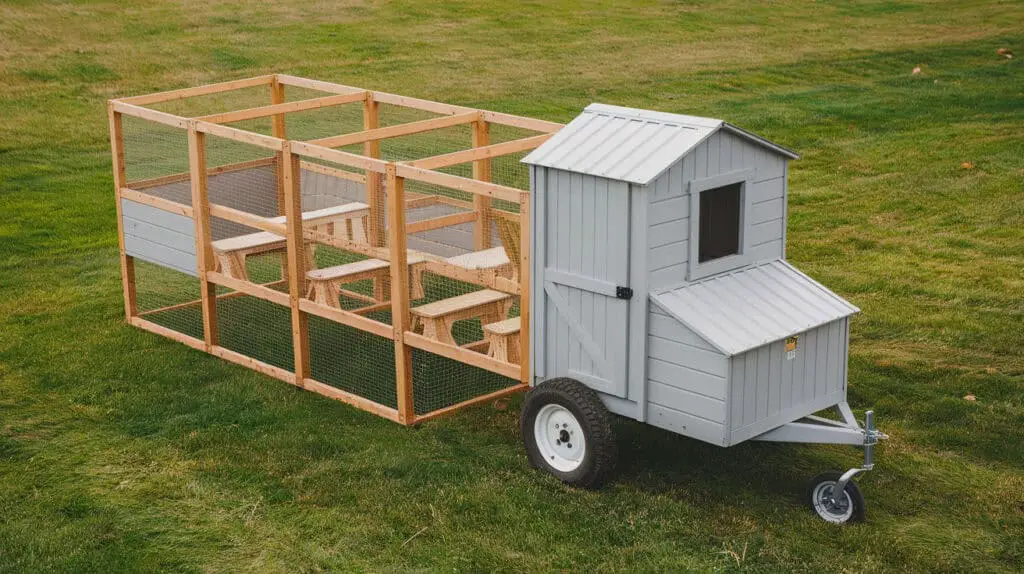
This is the fun bit. A few ideas that make your life easier:
- Clean-out door: A wide door with a ramp makes cleaning much simpler.
- Flip-top nesting boxes: So you can collect eggs without ducking inside.
- Gutter and rain barrel: Collect water for cleaning or garden use.
- Solar light: Helpful in winter if your hens stop laying from low daylight.
And let’s not forget the décor—pastel paint, bunting, stencils, a sign that says “The Eggery.” Chickens may not notice, but you will.
Step 8: Bedding, Feed, and Flock Set-Up
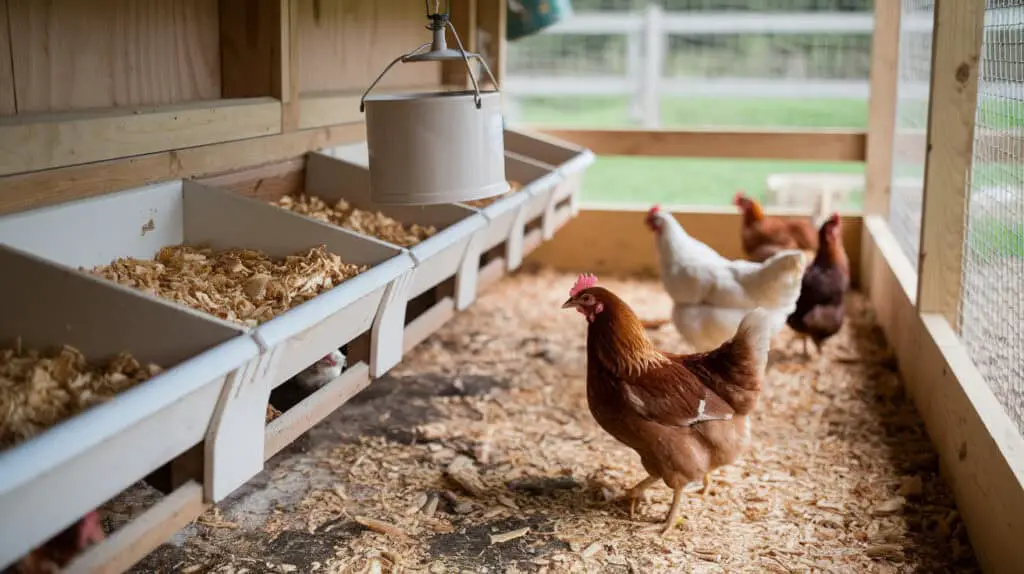
Use pine shavings, straw, or hemp bedding on the coop floor and in nesting boxes. Avoid hay (it molds) or cedar (too fragrant).
Set up feeders and waterers at a raised height—about back height for your hens. This keeps them cleaner. Don’t forget grit and oyster shell if needed.
Once the coop is ready, let your chickens settle in. Keep them inside for the first few days so they get used to their new home before free-ranging.
Common Questions (Yes, Everyone Asks)
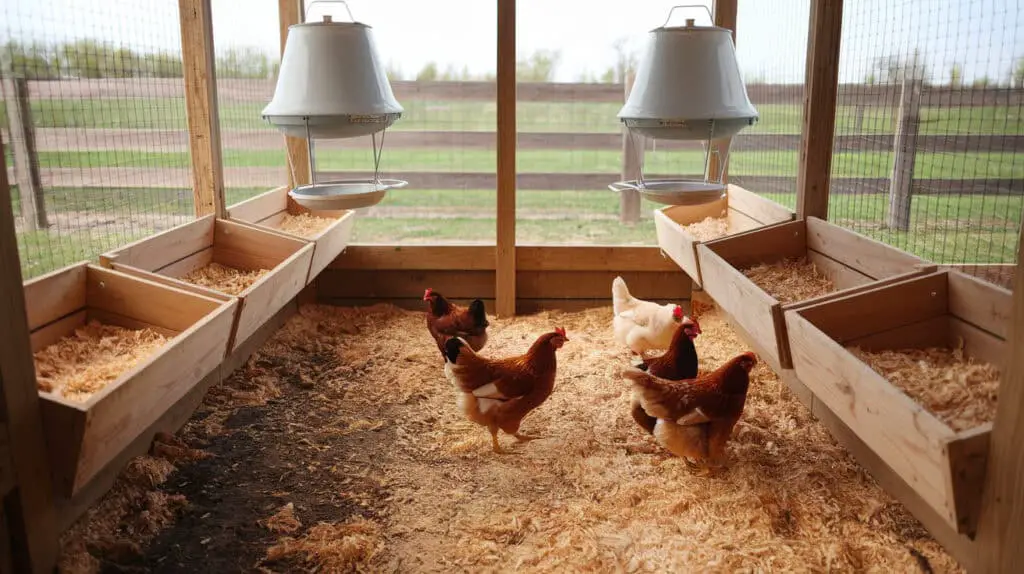
Can I build a coop without power tools?
Sort of! A manual saw and screwdriver will technically work, but borrow a drill if you can. Your wrists will thank you.
Will my chickens freeze in winter?
If your coop is dry and draft-free with good bedding, they’ll be fine in most places. Chickens are fluffier than they look.
How often do I clean it?
Spot clean weekly, deep clean once a month. Your nose will usually tell you when it’s time.
Final Thoughts
Building a chicken coop might feel like a big project, but honestly—it’s not that different from building a big dollhouse with a few very opinionated tenants. Go simple, stay practical, and give yourself room to tweak things later.
The joy of gathering fresh eggs, watching your hens chase bugs, and hearing that gentle clucking while you garden? Worth every splinter and slightly crooked screw.
Just remember: your chickens won’t care if your coop is Pinterest-perfect. They’ll love it because it’s home.

